We are living in times of large-scale changes to talent acquisition, with new specializations popping up each year and an ever-increasing skills gap. Companies rely heavily on the merits of their tech talent, and technical recruiters are only becoming more indispensable.
That is why we created the Tech Recruiting Times. We wanted to fill the gap of content for tech recruiters and engineering leaders and help prepare the people on the front lines of these changes.
Every two weeks, we will offer advice, opinions, and breaking news through interviews with the industry’s leading professionals.
We hope you enjoy this week’s issue!
This week’s topic: How can HR and TA leaders build resilience in uncertain times and make a plan for this year?

This week’s guest: Susan Hailey
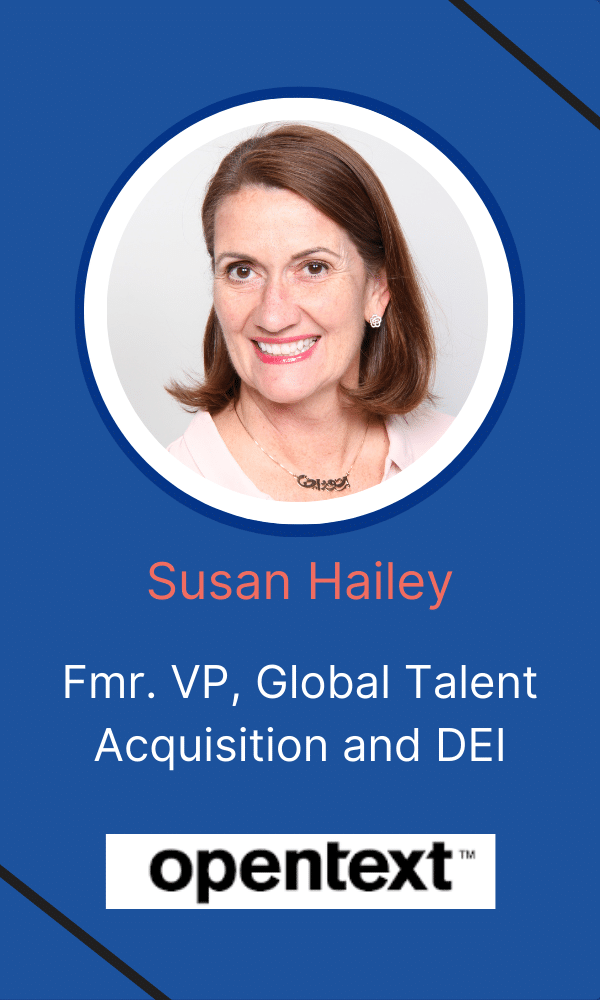
Susan Hailey has had a long and illustrious career in Talent Acquisition and Human Resources. She started her career in sales and marketing at IBM, and after 15 years, moved into talent. For the last 15 years, she’s focused on talent acquisition, executive search, DEI, career development, and talent management at prominent global brands like Caesars, Medidata Solutions, eBay, and PayPal.
As the Vice President of Global Talent Acquisition at Medidata Solutions, she oversaw the company scale from 800 to 2000+ employees. Most recently, she was the Vice President of Global Talent Acquisition and Equity, Diversity & Inclusion at OpenText, a $3 billion publicly traded software company with 15,000 employees.
Currently, HR and Talent acquisition leaders are challenged by economic uncertainty and a rapidly changing talent market as they plan for 2023. How can HR and TA leaders create resilient and flexible strategies to help their teams emerge stronger this year?
I believe that an excellent starting point is having a workforce plan. If you don’t have a plan, you’ll just be reacting to the market or your most vocal hiring managers. Ultimately, you won’t hire the right talent to support your overall talent strategy.
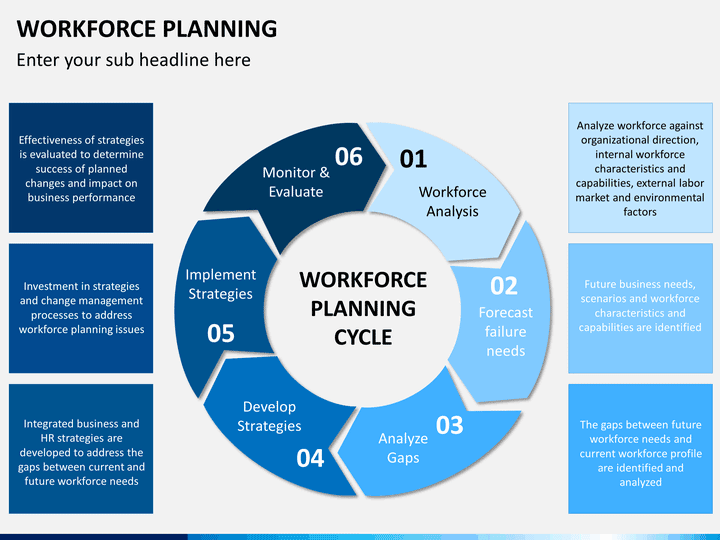
A workforce plan starts with analyzing your current strategy and employee structure. This will inform what type of talent you need and in which areas. The conversation should start with the CFO, CHRO, and CEO. They, as a team, will know how many people they need to hire for the year and the departments that need the most help.
Once you have a plan, you must test it with your line leaders and incorporate their input. The CEO needs to be involved and be the final decision-maker. Side deals should be managed carefully — the Head of Marketing can’t go quietly to the CEO later and say, “I know we all agreed on this, but you know, I’ve got this big opportunity and need more than I asked for.”
A workforce plan should also consider contractors and consultants. Going into uncertain times, having a contractor population provides the flexibility to downsize when necessary without impacting your employees and morale. Layoffs are challenging and can have negative implications on public perception.
The other thing that a workforce plan does is prevent you from hiring too fast, like many companies did last year. Despite the market uncertainty increasing at the start of 2022, companies kept hiring. They didn’t become fully aware they were overhiring until later in the year when it was too late.
I experienced this at OpenText. We had just made it through COVID. We had great recruiters and a strong team, the hiring was on track, and we were filling roles quickly. Our CEO, to his credit, was the one who asked if we were hiring too fast and if we were getting the best talent. We reviewed our processes and adjusted to ensure we hired the best people in the right areas and geographies.
To avoid overhiring, companies should review their hires regularly along with attrition to determine if they are meeting the workforce plan and if they are hiring at a rate that actually matches projected revenue. This should include reviewing the composition of their attrition and taking proactive steps to retain top talent.
Are you working at a startup and want to see resilient TA planning and advice in action? Join us on February 9th for our live webinar: “2023 Talent Acquisition Planning for Startups and Scale-Ups“
On the flip side, many companies still need to hire immediately. Some industries, such as cloud computing, health tech, or AI, may be less impacted by an economic downturn. Which tactics should HR and TA leaders use to make hires efficiently with limited resources?
There are a few things you can do to meet hiring goals when you’re mindful of your costs and unable to hire more recruiters.
One is partnering more closely with your business partners outside of HR. At OpenText, I had the luxury of strong hiring managers who helped not just with interviews but also with reference checks. You can’t necessarily lean on hiring managers for sourcing (though many of them can help you with their LinkedIn networks), but you can lean on them more in the hiring process and add those tasks to your system’s metrics.
Hiring with fewer resources necessitates an efficient recruiting process. It doesn’t necessarily mean that you cut the number of interviews, but maybe you do panel interviews with 2-3 managers interviewing the candidate. Perhaps you invest in an automation tool for reference checking or other areas of the process that are time-consuming.
It can even improve your process. Having our hiring managers perform all the reference calls consumed their time, and the quality was uneven. Using a tool helped standardize the process, get all the information written and documented, and ensure we were asking all the essential questions to onboard employees well. What do they do well? Where are they in their career? Where are opportunities to support their growth?
Tools are essential because recruiting is very labor-intensive, and there’s no escaping doing the work.

That leads to another question for TA leaders: how do you prevent burnout with your TA team when driving towards higher efficiency?
One way to be more efficient is to assign recruiters to different parts of the process. Some may be better at sourcing candidates, and others may be better at working directly with hiring managers.
HR business partners can help ensure that the workforce plan is on track. They can also advise on where there may be attrition and what areas are most urgent for hiring so that the recruiting team is focused on the most critical areas.
It might make sense to look at lower-cost geographies for talent. If your company has a hybrid working model, this is a great time to go after new geographies with abundant labor to add to your candidate pool.
Technology has advanced the field of recruiting significantly, but one area in which we’re still lacking is Diversity, Equity, and Inclusion. In your experience leading DEI, what are the major factors that have prevented tech from making more progress? What recruiting approaches can you recommend to help TA teams improve their hiring?
Ultimately, it’s a question of commitment at the top. The CEO needs to be absolutely resolved that this is a priority and empower your DEI team with the agency to do the kind of training and metric setting that’s needed to improve the numbers.
Nothing will change if the leadership doesn’t start to look more reflective of what you want your population to look like. Requiring diverse candidate slates is one technique. Hiring managers can’t hire diverse people if they don’t have diverse candidates.
The CEO needs to hold their leadership team accountable for diversity numbers. The most senior leader in each department or function should have access to their diversity numbers and a cadence to review them regularly. The data should be cut by gender, race, age, and other relevant categories.
Top TA leaders who make progress should be celebrated, and those that don’t should be confronted. If you had five years of hiring and haven’t moved any of your numbers in terms of diversity, the CEO needs to have a conversation with that leader to find out what’s happening and how to fix it.
In my experience, to solve the DEI challenge in tech, every company has a different starting point. It is incredibly difficult to bring in mid-level diverse talent to a company where there hasn’t been any DEI training on diversity sourcing. If that is the case, it’s typically easiest to go after younger talent from college or people in their early careers.
Your sourcing team needs to do the heavy lifting of researching and finding out where the right talent is, what organizations they are part of, and where they have worked, and then keep building those relationships all the time.
Investing in tools that can crawl the web and find diverse candidates from LinkedIn and other candidate platforms is a good investment for this. AI companies like Celential and others are doing a great job of eliminating the work for a sourcing team.
More broadly, with company culture, there was a massive uptick in the term “quiet quitting” last year. There’s a question of how fulfilling it is for people to work just to get their hours done. How do we address employee experience, engagement, and retention going into this year?
As a CEO or senior leader, you need to make your company an excellent place to work with values that attract the kind of people you want. Particularly key is having strong and dedicated first-line managers. Managers set the tone for their employees. Most of the time, when people quit, it’s because they don’t like their manager. People want to work for great managers.
What does a great first-line manager look like? Firstly, they meet with you once a week. They are empathetic and understand the crazy times we are in right now and how it can affect mental health. They discuss performance, career goals, and challenges. They offer advice on how to get stalled projects moving ahead and provide context about what is happening across the company.
It’s also essential to conduct regular employee opinion surveys. Part of that process is to solicit input from employees (anonymously) about their manager, the company, and their work. The results should be shared with the whole team and manager to be transparent and build a plan for improving the lower-scoring areas.
With layoffs and the economy, it’s been one of the worst years for talent acquisition since the pandemic. Do you have any advice for recruiters, HR managers, and TA leaders who might be worried about their job security right now?
Having been through a couple of these cycles, it’s critical to keep your network robust and fresh. Stay in touch with your former bosses, colleagues, and employees. Be known in your field. If you’re a tech recruiter or sourcer, post on LinkedIn and be visible. Join online recruiting communities and Slack channels.
Take all the recruiter calls you get, even if it’s not the proper role for you. Maybe you can provide referrals which will be helpful. The recruiter will remember a helpful contact.
Another tip is to be open to contract work. Every company I’ve worked for has converted contractors into full-time employees. It’s a way to learn more about the company and whether it’s the right environment for a full-time role.

Developing adjacent skills is also crucial. You might want to add onboarding or college recruiting to your skill set. If you are a super sourcer, or somebody that loves the hunt for candidates, develop some sales skills. Business development, account development, and many other jobs are similar to candidate sourcing.
Keep your skills updated, keep your networks fresh, and always stay in touch with people. If you’re laid off, make sure people know you’re on the market. Stay positive. Work out, get plenty of exercises, and eat healthily.
You can volunteer to recruit for a nonprofit to keep your skills sharp. As a leader, manager, and hiring person, that shows me you’re committed to your career and invested in your skill development.
Short of another global crisis, I think after companies get their teams in place over the next six months, they will be hungry to start hiring again. Many companies haven’t had to do layoffs before, and they need to put processes in place to figure out who their top performers are. They don’t even know if they’ve cut too much, or cut in the wrong places.
Table of Contents





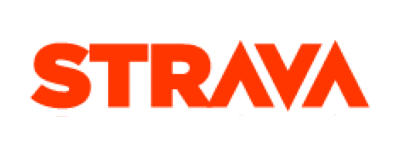

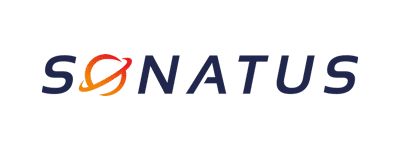
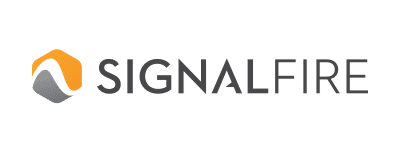


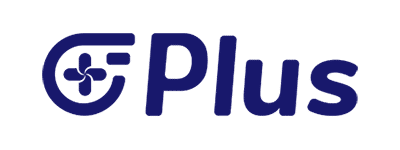
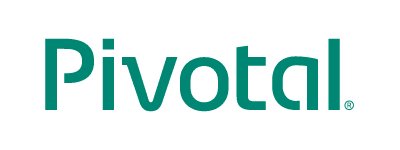
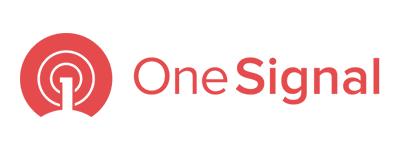

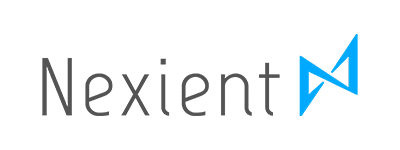

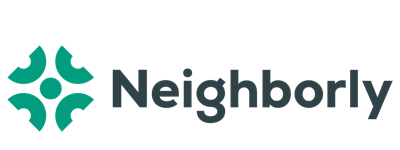
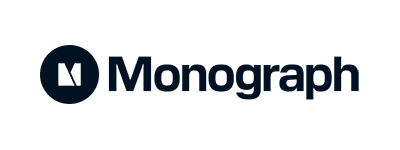

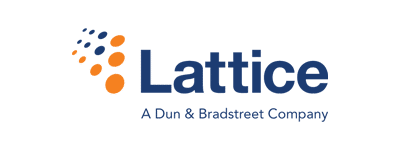
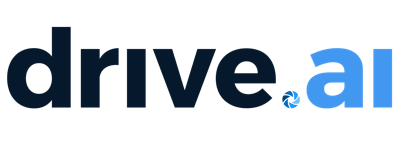



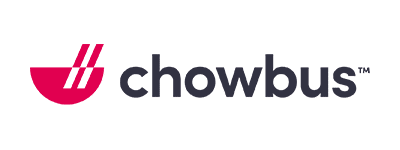
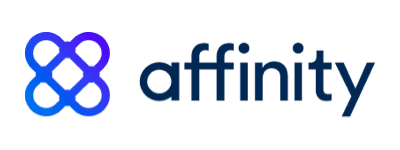

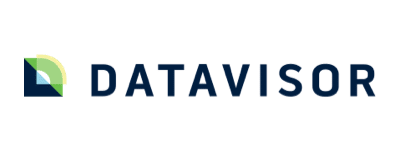

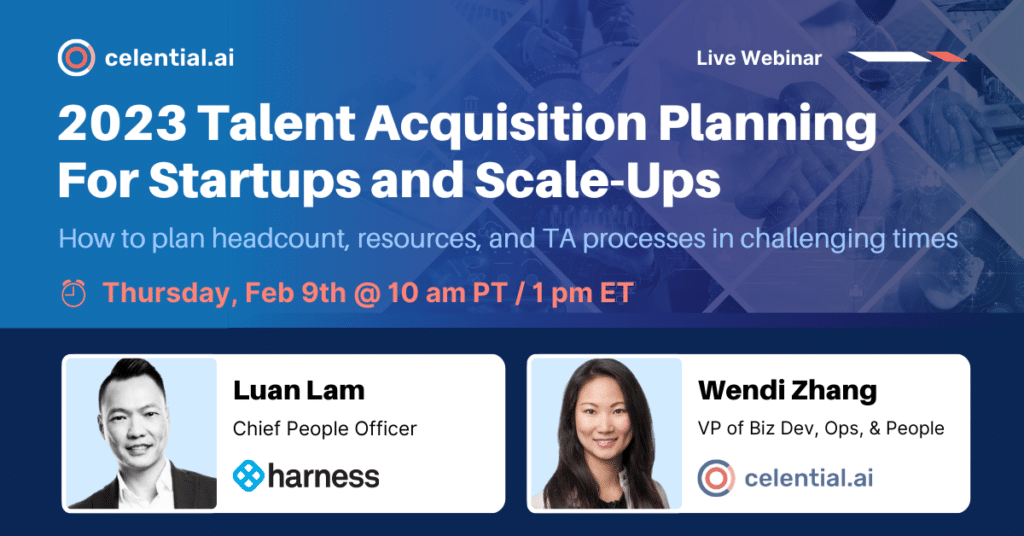
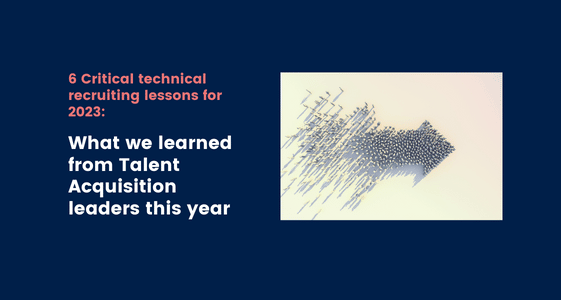


Submit a Comment